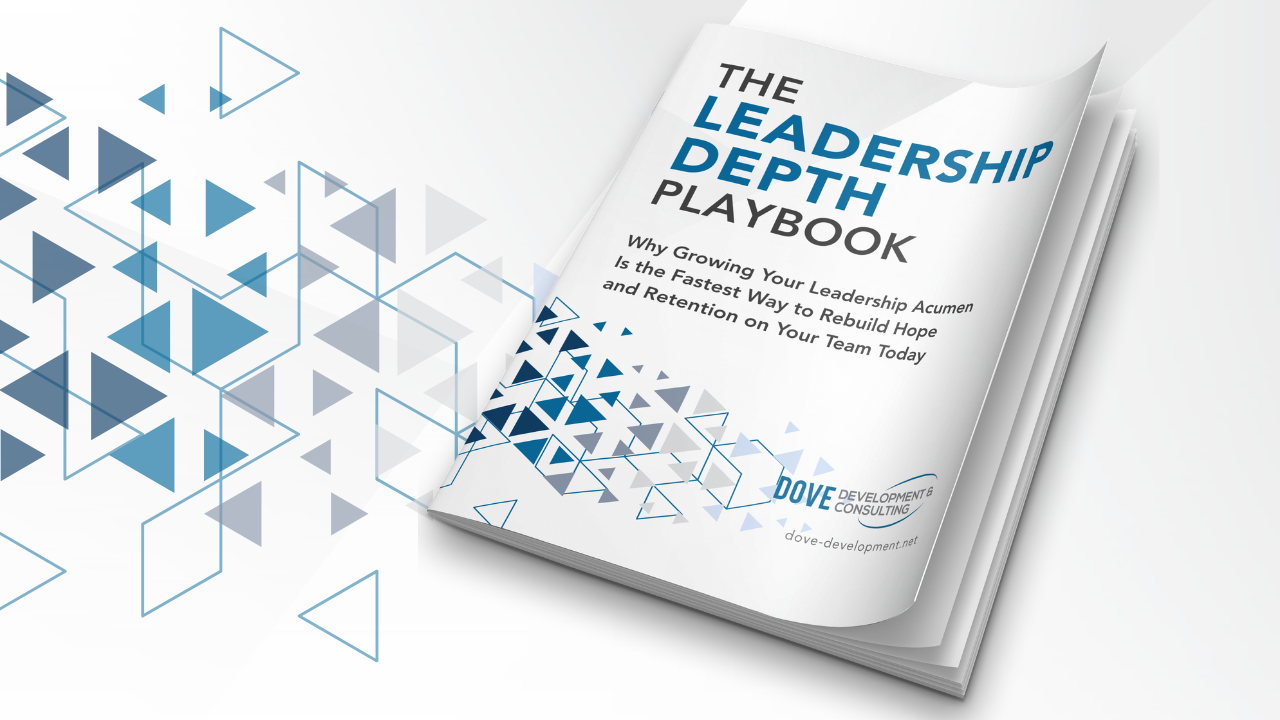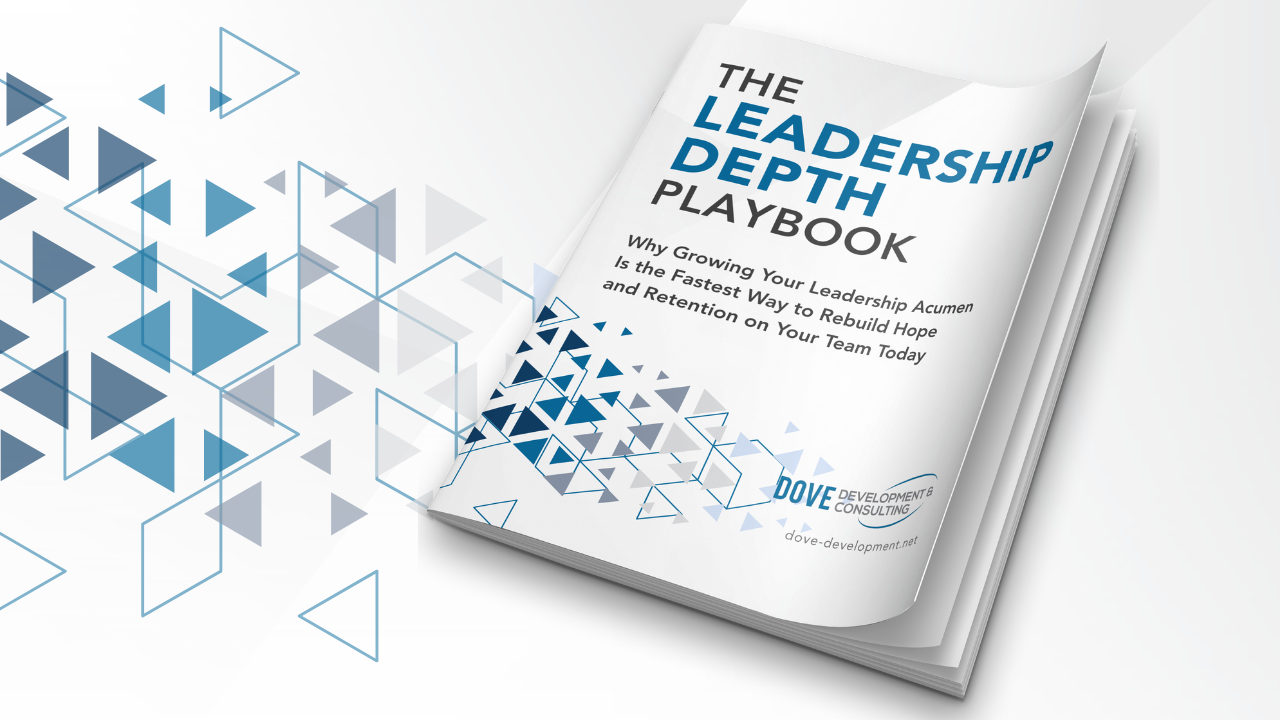Speaking of Benjamin Franklin...
Jul 07, 2021
I closed the last post with a quote from Benjamin Franklin, “an investment in knowledge always pays the best interest,” and I promised to circle back with a look at how we can each expect to get a solid return on what we invest, personally and in our organizations. Interestingly enough, that same idea was the topic of conversation for me and Cindy earlier today as we filtered through a massive amount of junk mail and looked at the two pieces that actually had a bit of relevance; our quarterly IRA statements…
As we each made career changes over the last several years, we’ve rolled what we had in our respective 401(k) plans into IRAs; partly to avoid the crazy tax hit we’d take with an early withdrawal and partly to maintain some potential to recognize some level of ongoing interest. While our risk tolerance for our investments are nearly as different as our behavioral styles, the historic return on our plans have been nearly identical. Cindy’s, having been a one-time rollover, has yielded an average of just over a 9% annualized return, resulting in a 50% increase in the total value in the last five years. Not too shabby…
I could take this opportunity to get on a soapbox here about how much less a dollar buys today than it did just a year ago or how the ever-increasing DJIA would seemingly have to go through a correction at some point, but I’ll fight the urge and deliver on what I committed to previously; a look at what we can count on to bring us the most Benjamins ($100 bills…).
I recently read a blog post from SHIFTelearning citing a study by the Association for Talent Development (ATD) stating that “companies that offer comprehensive training programs have 218% higher income per employee than companies without formalized training.” The blog post also shared that the same study suggested that “these companies also enjoy a 24% higher profit margin than those who spend less on training.”
I believe there are some additional things that are often considered to be intangible that factor into this as well, but we’ll circle back to those soon and I’ll touch on just how tangible they really are. For now though, let’s do some simple math using the numbers suggested by that ATD study… Let’s say Company A (without a comprehensive training program) does $1 million in annual revenue. If that 218% is true, Company B, with an intentional focus on professional development, should be doing nearly $2.2 million in annual revenue with the same number of employees. And just for simplicity, let’s imagine Company A is operating with an average profit margin of 20%. That would yield around $200k in annual profitability. At that same 20% profit margin, Company B would see around $440k annually but if the ATD folks got it right, it would actually be close to $550k in annual profitability! I’ve been accused of not being all that sharp, but that seems to be even better than the 50% increase in Cindy’s IRA over the last five years...
For perspective, the average small business does around $100,000 in revenue per full time employee so both Company A and Company B in the scenario I just shared would have ten or so total team members. But professional development is rarely without some sort of price tag attached. Even your time with me here is an investment into your development! If that same group of ten employees could churn $350,000 more for your company in additional PROFIT, how much of that would you be willing to invest to get there? And I still believe the intangibles that we’ll look at next will impact profitability even more!
90-DAY GUIDE: Lead Your Team Through Any Leadership Challenge
Did You Know?
Growing your leadership acumen is the fastest way to equip your team to lead through today's leadership challenges.
We've been equipping leaders like you for decades. We know you do not need another theory. You need a clear starting point and a simple system. This guide gives you both.
Includes a 90-day action plan.
We hate SPAM. We will never sell your information, for any reason.




